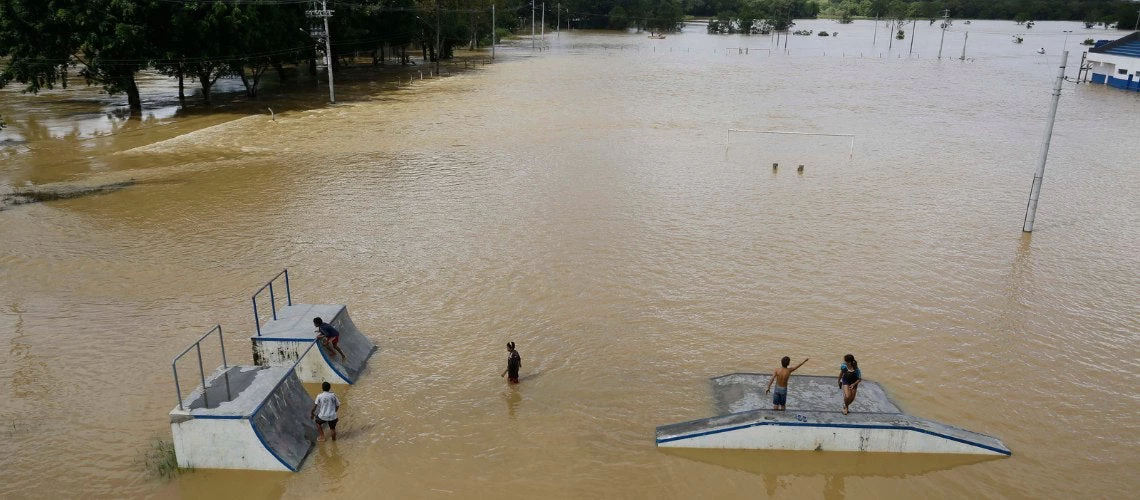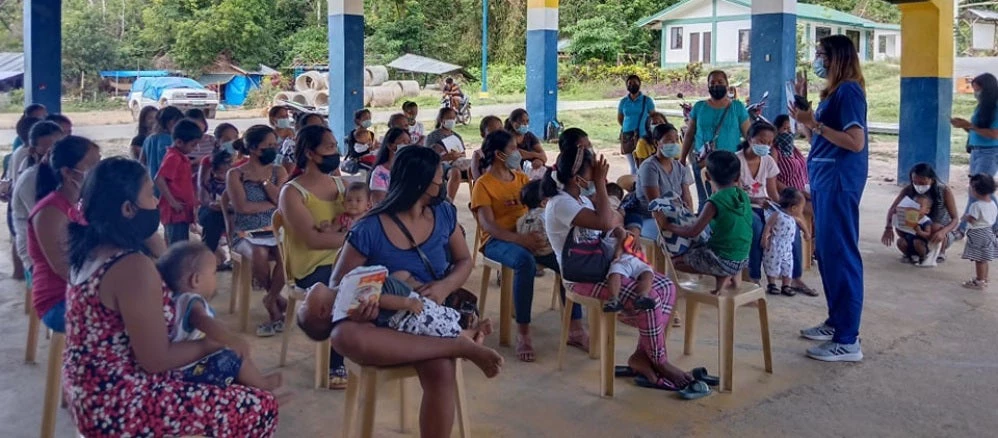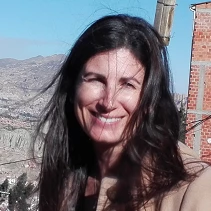 Flooded city
Flooded city
The recent flooding in Malawi and Pakistan, earthquakes in Türkiye and Syria, and Typhoon Mocha in Myanmar are painful reminders of the catastrophic impacts of disasters. By including women, persons with disabilities, the elderly, Indigenous Peoples, and other marginalized groups as active participants in building resilience to climate change and natural hazards, we tap into their unique, often overlooked knowledge, fostering resilience. People who have often been excluded from disaster risk reduction activities can share their untapped knowledge with frontline responders in ways that can save lives and livelihoods.
Drawing upon the diverse experiences of WomenStrong, a small nonprofit, and the World Bank’s Global Facility for Disaster Reduction and Recovery (GFDRR), below are five tips for governments and development experts on how to strengthen inclusiveness in disaster risk management planning.
1. Recognize the expertise of the local community
Involving locals, particularly women, brings their firsthand wisdom to the fore. Women have often served as first and last responders during emergencies. Their understanding of at-risk neighborhoods, vulnerable households, and individuals can identify critical needs. Similarly, people living with disabilities and the elderly know which areas of their towns or cities are the toughest to navigate and should be enlisted as participants in mapping exercises.
One of WomenStrong’s grantee partners, Roots of Health, in Palawan, Philippines, exemplifies this. They participated in the relief efforts after Super Typhoon Rai/Odette by training government workers in conducting household surveys. The information, gathered largely from women looking after their households, helped map different families’ needs and enabled supplies to go to the recipients who most needed them: single-parent households, the elderly, those with pregnant or lactating women, and people with disabilities.
In response to hurricanes Eta and Iota, a World Bank-financed emergency project is currently being implemented in Honduras with technical support from GFDRR. The project prioritizes inclusion, using participatory processes to address the needs of vulnerable groups. By focusing on inclusivity and engaging vulnerable groups, the project aims to bring about a comprehensive recovery that addresses their specific challenges and provides equitable access to the benefits of improved infrastructure and services.
2. Integrate the knowledge of women and other excluded groups in emergency preparedness and response planning and design
Invite women and diverse community members to contribute to stakeholder mapping, site planning, and decision-making processes . Ask these residents what would help vulnerable populations evacuate quickly or shelter in place, and use the testimony to help plan evacuation routes, shelters, clinics, and support centers, to ensure the safety and well-being of all community members.
One strategy that WomenStrong has adopted is trust-based grantmaking. This approach gives partners the freedom to use their funding to attend to their communities’ most pressing needs, enabling them to be fleet, flexible, and effective in providing lifesaving support to their communities.
In response to the disasters that struck Central Sulawesi, Indonesia, in 2018, the World Bank-financed Central Sulawesi Rehabilitation and Reconstruction Project has led to the comprehensive rebuilding and reconstruction of infrastructure and public facilities, ensuring that the affected areas were restored and improved, benefiting all citizens. It prioritized gender-inclusive planning by integrating marginalized perspectives and empowering women through increased awareness of their rights and opportunities. The project effectively addressed the risks of gender-based violence (GBV) by implementing prevention measures during the reconstruction process.

3. Proactively engage, educate, and mobilize traditionally marginalized groups
Many disaster survivors are rescued by their neighbors. By providing them with digital platforms connected to emergency-response units, their role can be amplified. We’ve seen how this mobilization can signal urgent needs and efficiently move resources to the places where they are most needed. For example, in Dar Es Salaam, a World Bank-financed project has supported the formation and activation of Disaster Management Committees. The committees now coordinate disaster-related issues in their areas, including flood preparedness and response every rainy season. Through training and capacity building, committee members have the basic knowledge of disaster risk management to guide their work.
4. Pay people who contribute to DRM planning
All participants should be compensated for their contributions. To make clear that we value local knowledge and acknowledge residents’ essential role in disaster-risk management, governments, relief agencies, and other stakeholders can set up digital bank accounts for those participating in DRM planning and ensure that everyone is paid for their time and efforts in safe and accountable ways.
GFDRR’s digital public works model in Kenya provides an innovative approach to urban data collection, generation, and validation, bolstering urban resilience while offering income-generating opportunities and new digital skills for youths, women, and persons with disabilities.
5. Put women and other vulnerable communities at the center of post-disaster response and future planning
Inclusive planning ideally extends beyond the immediate aftermath of a disaster —as WomenStrong’s experience with its partner Roots of Health clearly shows. Their work continues, as they are now establishing a database based on household surveys to assist their provincial government with inclusive DRM planning and recovery.
As knowledgeable community members, women and other marginalized groups must be included in post-disaster reviews so they can give feedback to local governments, humanitarian organizations, and development partners. Development results will be stronger the more we involve local people, who have a sense of ownership in their communities. By actively involving residents in the evaluation process and including them from the planning stage onward, we can create more effective, efficient, and compassionate responses in future disaster events and build more resilient communities.



Join the Conversation